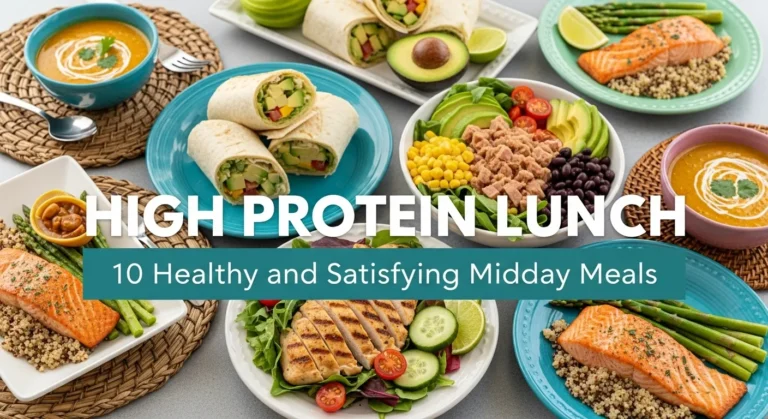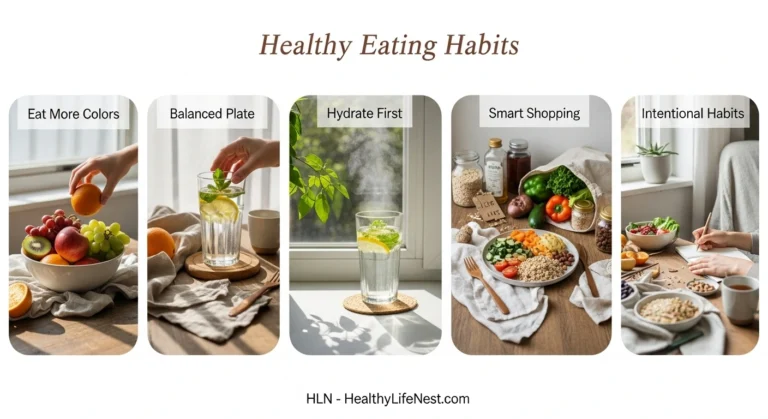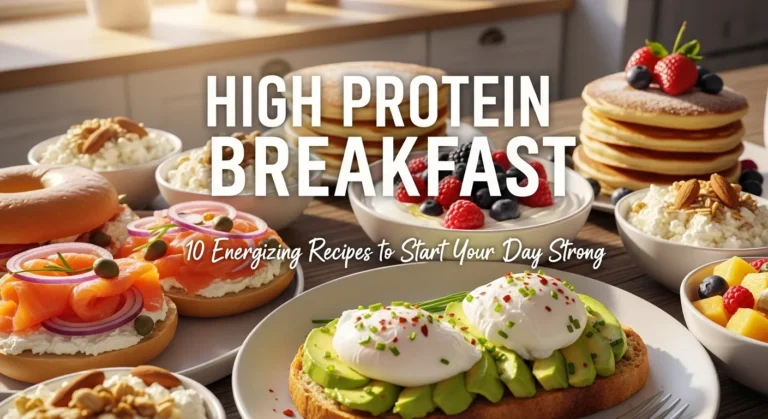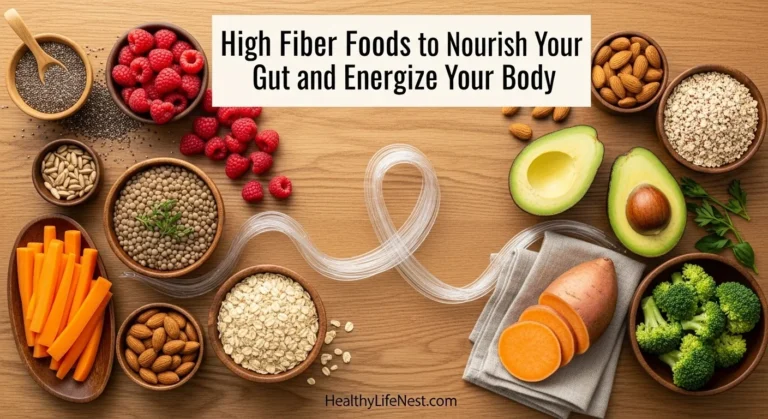Inflammatory Foods That May Trigger Discomfort And Fatigue
What you eat can either soothe or stress your body. While food is meant to nourish, some ingredients work against your system without you even noticing. Inflammatory foods are the ones that quietly cause issues like joint pain, brain fog, skin breakouts, or low energy over time. Learning to recognize and reduce them can help you feel lighter, clearer, and more balanced.
What are inflammatory foods really?
They’re not always “junk food.” Some look healthy on the outside but act differently inside. These foods can cause your immune system to stay in alert mode, which makes your body work harder than it should. The result? Chronic inflammation.
Common inflammatory foods to watch for
- Ultra-processed snacks (chips, flavored crackers)
- Refined white flours in bread, pasta, and pastries
- Sugary cereals and baked goods
- Processed meats (like bacon, sausage, deli cuts)
- Excess alcohol and sugary cocktails
- Industrial seed oils (like soybean, corn, and canola oil)
- Artificial sweeteners and food dyes

These ingredients may be convenient, but they often carry hidden triggers that quietly build stress inside your system.
Tip of the day
If a food comes in a box and lasts forever, it likely contains inflammatory ingredients. Focus on fresh and simple whenever possible.
Sneaky sources of inflammation
- Store-bought salad dressings with seed oils
- Protein bars with added sugars or gums
- “Low-fat” snacks made with fillers
- Coffee creamers with artificial flavoring
- Packaged vegan meats high in additives
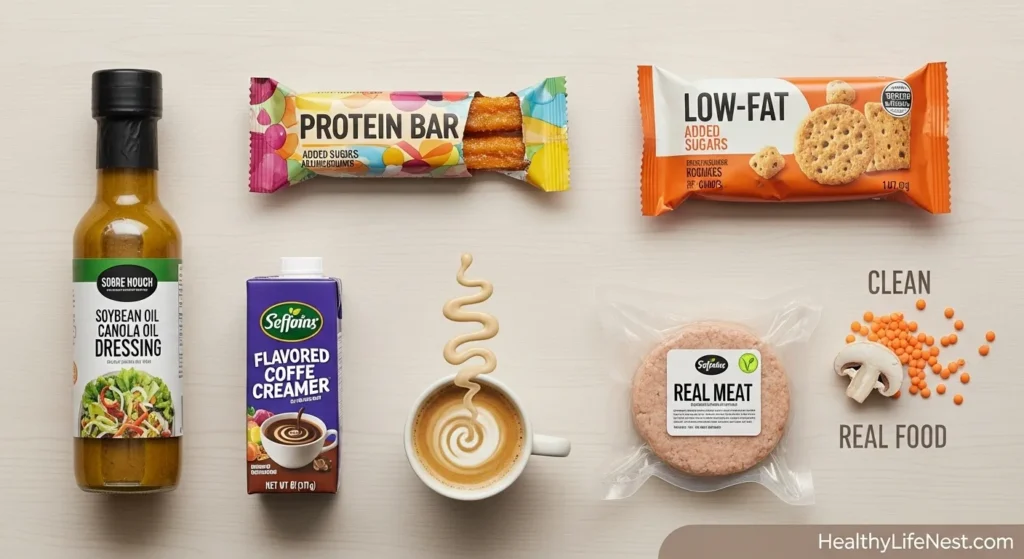
Even foods marketed as “healthy” can contain things your body doesn’t agree with.
Trending replacements gaining popularity
- Tahini or mashed avocado instead of mayonnaise
- Sparkling water with lemon over canned soda
- Grain-free tortillas made with cassava or almond flour
- Sliced fruit with cinnamon instead of packaged sweets
- Cold-pressed olive oil or ghee over seed oils
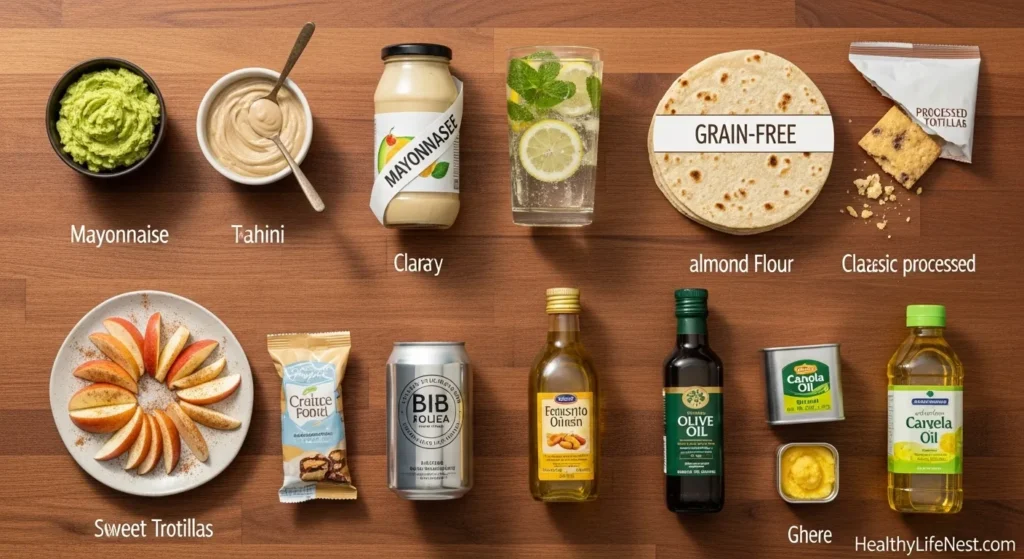
These swaps don’t just cut inflammation—they also feel more satisfying.
What’s new in this space
- Ingredient scanners in wellness apps flag inflammatory ingredients
- Restaurants are listing inflammatory triggers on menus
- Cookbooks now feature “inflammation-friendly” filter sections
- Online guides help you shop smarter with real food swaps
- Beauty and skincare brands are removing food-based inflammatory agents
These tools are making it easier than ever to eat with awareness.
Does and Don’ts
Do:
- Check ingredient labels on sauces and snacks
- Try one swap at a time—small changes help
- Prepare more food at home with simple ingredients
- Stay hydrated to help your body flush irritants
Don’t:
- Over-restrict and stress about every bite
- Fall for “sugar-free” without checking additives
- Assume vegan or gluten-free = anti-inflammatory
- Skip meals and grab whatever’s fast
Quote
“You can’t put out a fire by adding more sparks. The same goes for food.” – Unknown
Note
Not every body reacts the same way. Pay attention to how you feel after meals—it tells you more than any label.
Why this matters now
Inflammatory foods are more common than ever in today’s fast lifestyle. The good news? Awareness is growing. People want more than quick meals—they want meals that support how they move, think, and sleep. Reducing these foods doesn’t mean giving up flavor. It means choosing with purpose.



